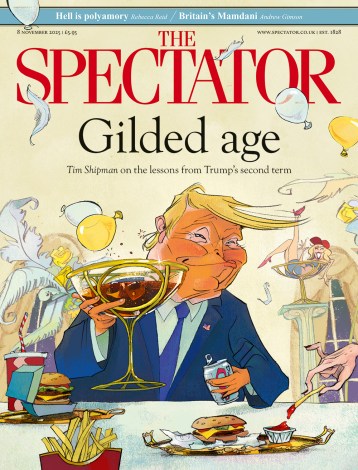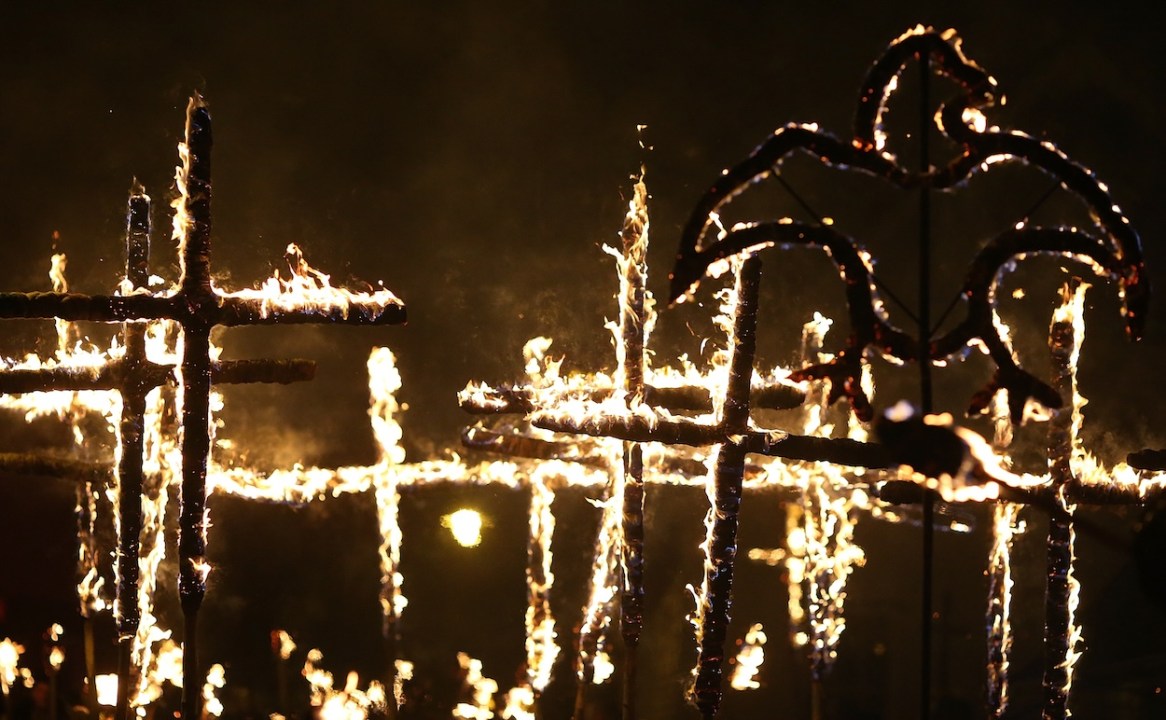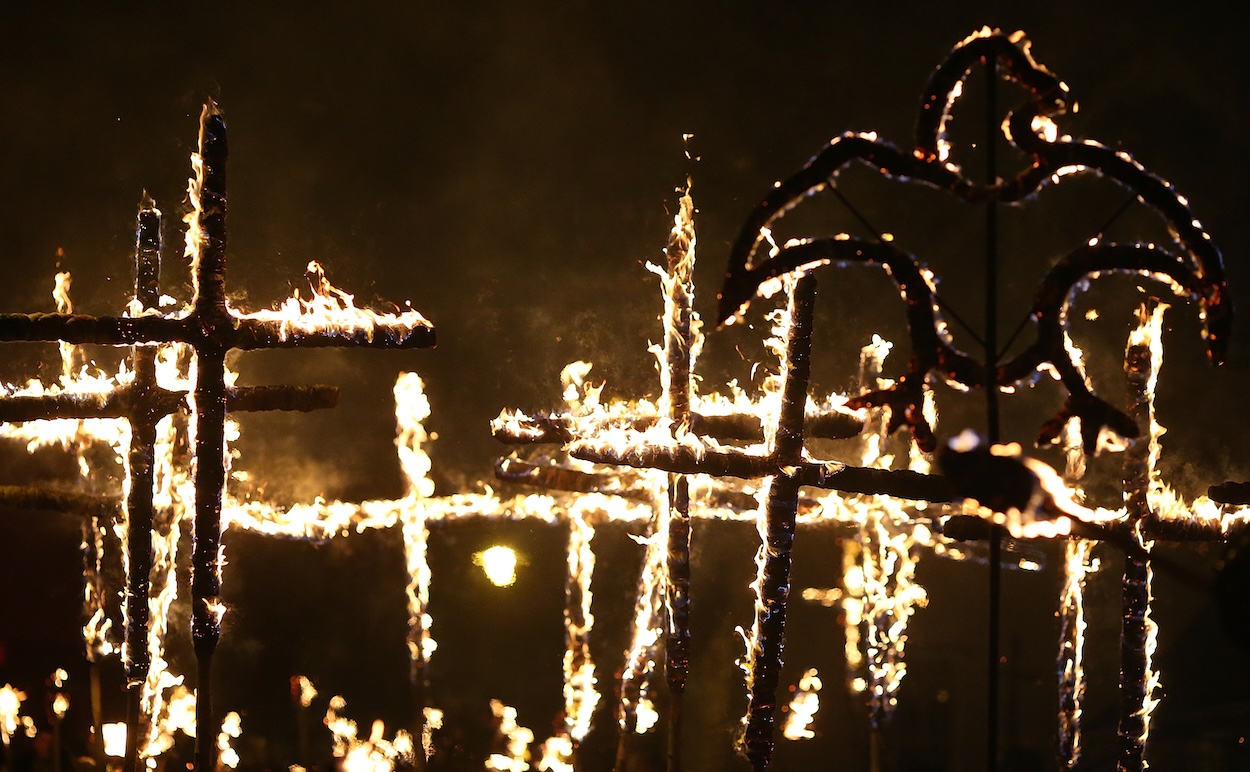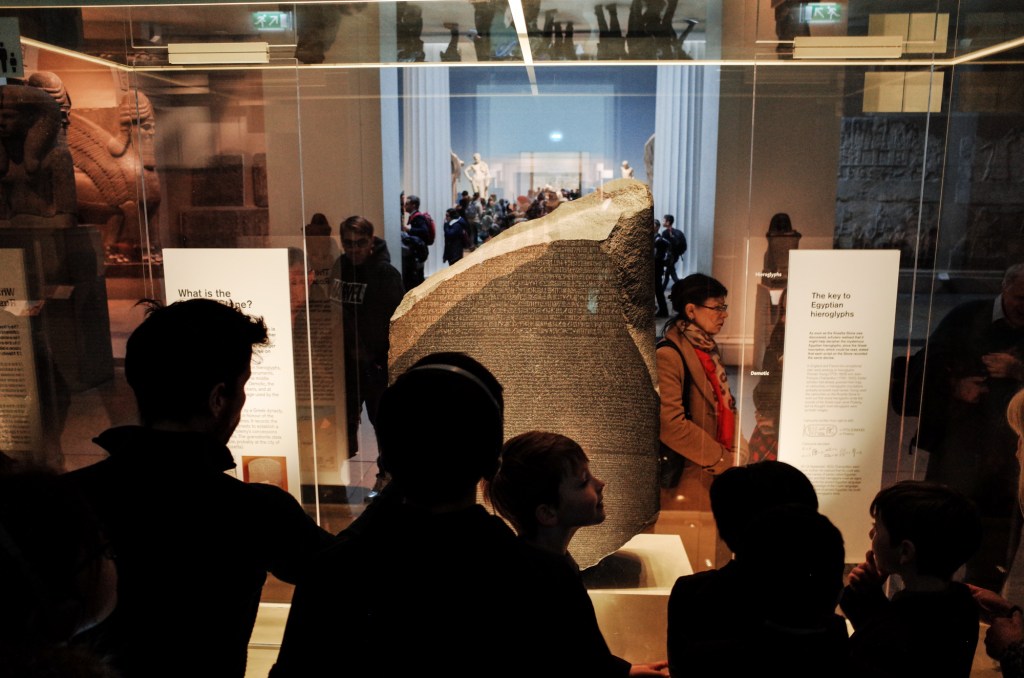One of the first articles I wrote for The Spectator back in 2011 described the explosive celebration of Bonfire Night in Lewes, the ancient county town of East Sussex where I then lived. Today, such is the relentless march of purse-lipped Wokedom, it is necessary – in writing about this eccentric folk festival – to defend its very existence as well.
The simple survival of ‘Bonfire’ (as it is known to Lewesians) every 5 November is in fact something of a miracle in our painfully politically correct age. In its contemporary form it originated in the 1840s, when the first of the town’s seven Bonfire Societies was founded to ritually commemorate both the failure of Guy Fawkes’s Gunpowder Plot in 1605 and the burning of 17 Protestant martyrs in Lewes during the reign of the Catholic Queen Mary Tudor in the 1550s.
Over the years Bonfire has evolved from its anti-Catholic origins, and today only one society, the unreconstructed Cliffe, still parades with ‘No Popery’ banners and consigns an effigy of Pope Paul V, the pontiff at the time of the Marian burnings, to the flames of their fire. Other effigies enjoying a fiery fate are unpopular contemporary figures like Blair or Trump, or officious local bigwigs branded as ‘enemies of Bonfire’.
Of course, the authorities have always hated Bonfire, as they do any unregulated display of mass enjoyment. Today they try to stop outsiders entering Lewes on ‘the fifth’ by literally sealing the town off: no trains stop there on the day, and roads into the town are blocked. Even so, up to 80,000 people crowd the narrow streets to watch around 4,000 society members strut their stuff.
What they see is more akin to a pagan fire festival than a parade of anti-Papist bigots. The rival societies march carrying flaming torches and clad either in jerseys in their rival society colours or in a variety of fanciful and elaborate costumes, including Roman centurions, Red Indians, American Civil War and Great War uniforms, and monkish habits. In a rare concession to politically correct sensitivity, one society, Lewes Borough, was persuaded to drop its custom of blacking up as Zulu warriors.
Normally, though, the societies remain resolute in their resistance to changing their ways, true to the Sussex county motto: ‘We won’t be druv.’ Their marches converge on the town’s war memorial, the site of the martyrs’ burnings, where 17 flaming crosses are raised in their memory. The parades then march to their separate fire sites on the outskirts of town, where enormous bonfires are lit to the accompaniment of truly spectacular firework displays lighting up the Sussex night skies.
Bonfire Night has survived in Sussex for longer than anywhere else in England for some reason, and some 30 neighbouring towns and villages have their Bonfire societies too and celebrate on other nights. But they all gather in Lewes for ‘the fifth’ and march alongside the town’s very own Bonfire boys.
It is all a massive festival of fire and fun that flagrantly defies every health and safety regulation
It is all a massive festival of fire and fun that flagrantly defies every health and safety regulation. Carts full of burning coals are tipped in the River Ouse with no regard for the environment, and deafeningly powerful bangers called ‘rookies’ are flung around with gay abandon. Unlike football clubs, the societies have managed to keep the big-money men and sponsorship deals well clear of Bonfire. It is funded entirely by local collections and business donations throughout the year, and it isn’t clear what Arab sheikhs or Russian oligarchs would make of this strangely English event anyway.
What hasn’t changed since the Bonfire boys (as they’re known regardless of gender) started their riotous marching in the 19th century is their ability to get right up the noses of prigs and puritans. An event rooted in such sectarian prejudice could always seem dangerous, but now that it has morphed into something nearer to a musicless rock festival than an Orange Order parade or a Ku Klux Klan meeting. Begrudging disapproval is more muted but ever present. A high-ranking Anglican cleric confided to me that he could never be seen attending an event at which a Pope is incinerated – even in effigy.
And although leftie Lewes today is largely irreligious and secular, and somewhat po-faced too, on this one night of the year it lets more ancient, wild and archaic instincts free to have their head – and feels all the better for it.








Comments